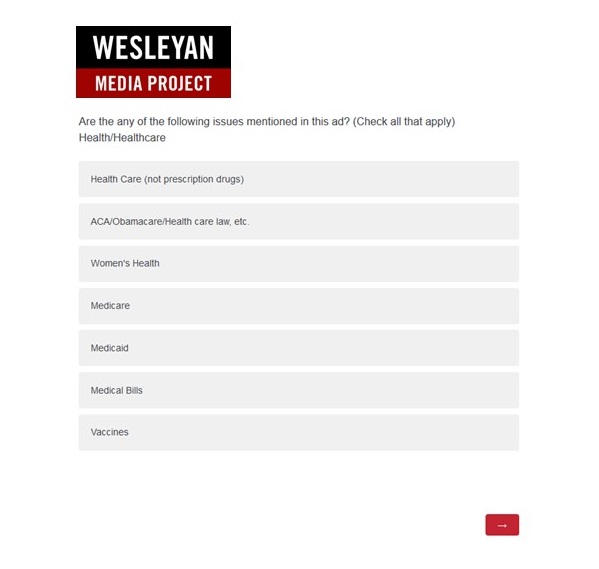The Wesleyan Media Project was established in 2010 to track advertising in federal elections, and it is a successor to the Wisconsin Advertising Project, which tracked political advertising between 1998 and 2008.
The Project is a collaboration among Professors Erika Franklin Fowler (Wesleyan University), Michael M. Franz (Bowdoin College) and Travis N. Ridout (Washington State University) with the support of the WMP Team. Our real-time tracking efforts for the 2024 election cycle are supported by Wesleyan University and The John S. and James L. Knight Foundation. We especially thank Knight Foundation, Sunlight Foundation, Rockefeller Brothers Fund, MacArthur Foundation, Democracy Fund, Ken Goldstein, and our respective institutions, including Wesleyan’s Hazel Quantitative Analysis Center, for their support in previous election cycles.
Visit our Data Access page to learn more about obtaining data from the Wesleyan Media Project.

